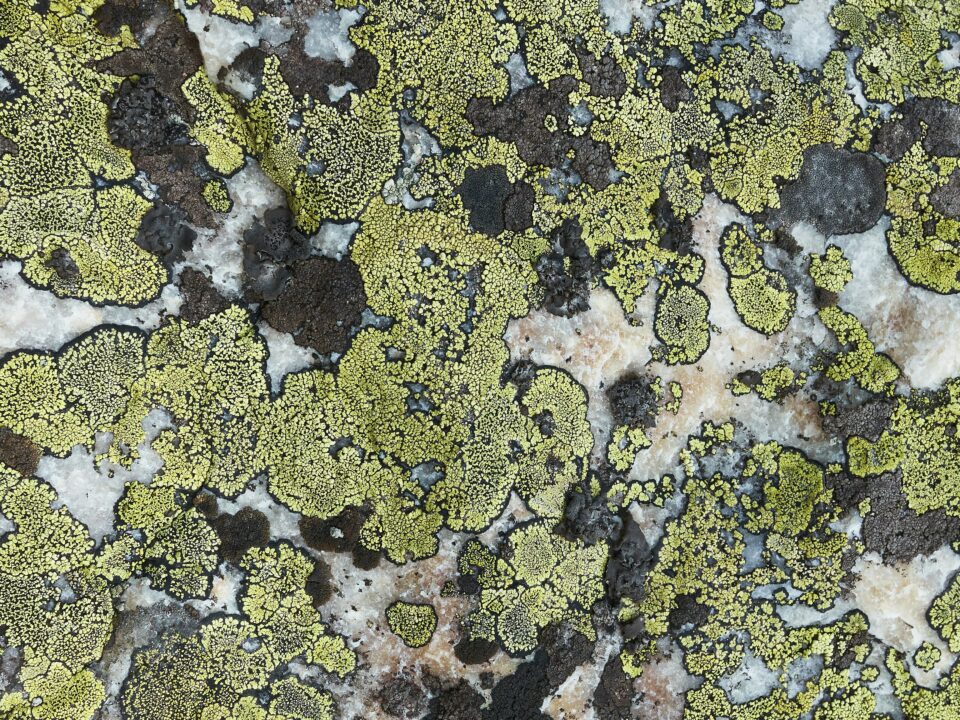
Caffeine, a well-known central nervous system stimulant, is the most widely consumed psychoactive substance in the world. Commonly found in coffee, tea, and energy drinks, it is revered for its ability to promote wakefulness, enhance cognitive function, and improve physical performance. Caffeine works by blocking adenosine, a neurotransmitter that induces relaxation and drowsiness, while simultaneously stimulating the release of acetylcholine, which plays a key role in alertness and brain function. Though primarily consumed as a beverage, caffeine has increasingly become a key ingredient in dermatological products, offering a range of skin benefits.
As a naturally occurring compound, caffeine is extracted from various plant sources, including coffee beans, tea leaves, and cocoa. Its ability to improve circulation and reduce puffiness has made it a popular ingredient in eye creams, facial treatments, and body care products. One of its primary applications in skincare is its ability to minimize under-eye puffiness. By constricting blood vessels and increasing circulation, caffeine temporarily reduces swelling and gives the skin a refreshed appearance. However, the effects are not long-lasting, making daily use essential for maintaining results.
Beyond its de-puffing properties, caffeine is frequently included in cellulite treatments due to its ability to stimulate blood flow and aid in the breakdown of fat deposits beneath the skin’s surface. It converts stored fat into fatty acids, which can then be carried away by the bloodstream and metabolized into energy. While this process can improve the appearance of cellulite, it does not reduce fat in deeper layers or around internal organs. This is why caffeine is a staple in slimming and cellulite creams, often formulated alongside ingredients that enhance circulation to promote fat metabolism.
Caffeine also plays a crucial role as an antioxidant in skincare. Free radicals, which contribute to skin aging by breaking down collagen and elastin, are neutralized by antioxidants, reducing the formation of fine lines and wrinkles. When incorporated into skincare formulations, caffeine helps protect the skin from oxidative stress and environmental aggressors, such as pollution and UV radiation. Green coffee bean oil, in particular, contains amino acids that stimulate collagen and elastin production, reinforcing the skin’s structure and resilience.
Despite its numerous benefits, caffeine in skincare can sometimes cause mild redness due to increased circulation. However, this is typically temporary and subsides quickly. Additionally, while caffeine alone may not drastically brighten the complexion, when combined with other revitalizing ingredients such as ginseng, it can energize the skin, optimize cellular function, and maintain hydration. Its ability to act as an anti-irritant further enhances its appeal, making it a valuable ingredient in soothing and smoothing skincare formulations.
While caffeine-infused products offer visible improvements in puffiness, circulation, and skin texture, they are best used consistently to maintain their benefits. Though they do not provide permanent solutions for concerns like cellulite or dark circles, their inclusion in skincare routines can help create a more refreshed, youthful appearance. As research continues to explore the potential of caffeine in dermatology, its role in anti-aging, skin protection, and overall skin health is likely to expand, solidifying its place as a powerful, multi-functional skincare ingredient.



